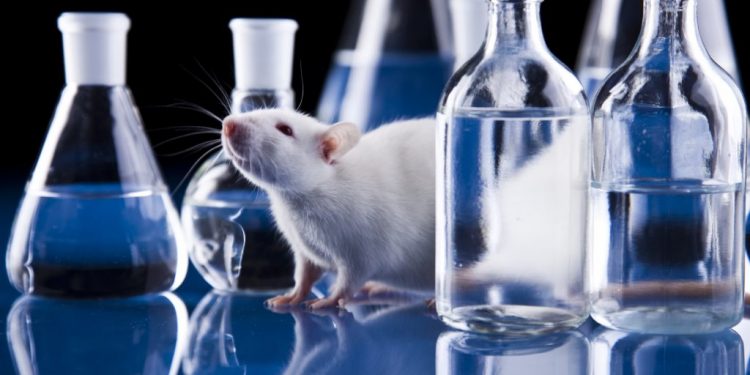The past year has highlighted the importance of medical research to the advancement of human society. However, there is still a lot of misinformation and ignorance surrounding medicine and medical research. For example, people sometimes have no idea the steps companies take to determine how long Advil lasts or what are the potential side effects of heart medication. Most of this doubt and uncertainty can be treated with only a little knowledge.
One of the most hotly debated areas of medical research and drug development is animal testing. There are plenty of myths about laboratory animal testing that need to be addressed.
Below are some of the most prevalent misconceptions about this crucial research process.
Animal Testing is Unnecessary
Many detractors of animal testing claim that animal testing is unnecessary when compared to human clinical trials. However, what they don’t understand or say is that animal testing is required by law to ensure that the people who sign up for human trials are as well-protected as possible.
Without drug testing on in vivo specimens, human participants of clinical trials could be exposed to higher risks, such as more side effects or incorrect dosages.
Animal testing allows researchers to determine how their drugs and treatments interact with living systems. It lets them ensure that they are reasonably certain of a drug’s effectiveness and potentially harmful side-effects before it even touches a person. Animal testing protects lives and makes sure that pharmaceutical companies put out products doctors and patients can rely on.
Laboratory Animals are Abused
Another pervasive myth is that laboratory animals are kept in inhumane conditions, tortured or mistreated during their captivity. This may not be the case for some labs.
First, some scientists may share the same concerns for humane and reasonable treatment of lab animals as their detractors. Most researchers could be just as passionate about the ethics of animal care as other people and ensure that the lab animals in their care only undergo necessary procedures.
Second, unduly stressing or mistreating any animal involved in medical research will taint the results of the study. So abusing animals or keeping them in unseemly condition is not only unethical, it is also counterproductive.
No research or results taken from an animal that is suffering from inappropriate treatment is reliable and therefore useless. Because of these factors, medical researchers may treat laboratory animals humanely and with respect.
Dozens of Species are Used for Lab Testing
If you were to believe some people, you may be under the impression that medical laboratories use countless species of dogs, cats and primates to test their drugs on. However, unless the drugs they’re developing are meant for a specific type of animal, this simply isn’t true.
There are several important factors medical researchers have to consider when choosing the types of animal they test drugs on. First is the similarity of the animal’s physiology to a human’s. Second is how easy it is to manage such an animal in a confined laboratory. Because of these considerations, almost all lab animal testing is conducted on rodents. According to estimates from the National Association for Biomedical Research, 95 percent of all laboratory animals used in research are rodents. From a practical stand-point, rodents are ideally suited for most drug testing because of their physiology and because they can be easily handled by researchers.
Medical laboratories also don’t have to pilfer the wilderness of abandoned pets to provide them with animal test subjects. There are specialized and federally monitored facilities where lab animals are bred. These facilities ensure that the animals are cared for and treated humanely before being shipped to labs.
Researchers Refuse Alternatives to Animal Testing
You may be wondering why animal testing persists in an age filled with artificial intelligence, lab-grown meat and other scientific innovations. If there are alternatives to animal testing, why not simply switch to these alternatives instead of conducting research on live animals? Are laboratories unduly using animals for research when there are other viable avenues to explore?
The truth is there are lots of alternatives to animal testing and medical laboratories actually use these alternatives whenever they can. For example, thanks to extensive research and collated data, researchers can now use advanced computer modeling in lieu of testing.
In vitro testing, which uses tissue samples and other substances to mimic live bodies, are also extensively used by scientists. Researchers only use live animal testing when they have no other choice or when they need to because it will yield the most accurate results.
Drug development and medical research are crucial to the survival of humanity. However, there are some necessary costs to such endeavors. Animal testing may be unpalatable to many people, but it’s the only way to ensure that human lives aren’t endangered by shoddy medicines.


